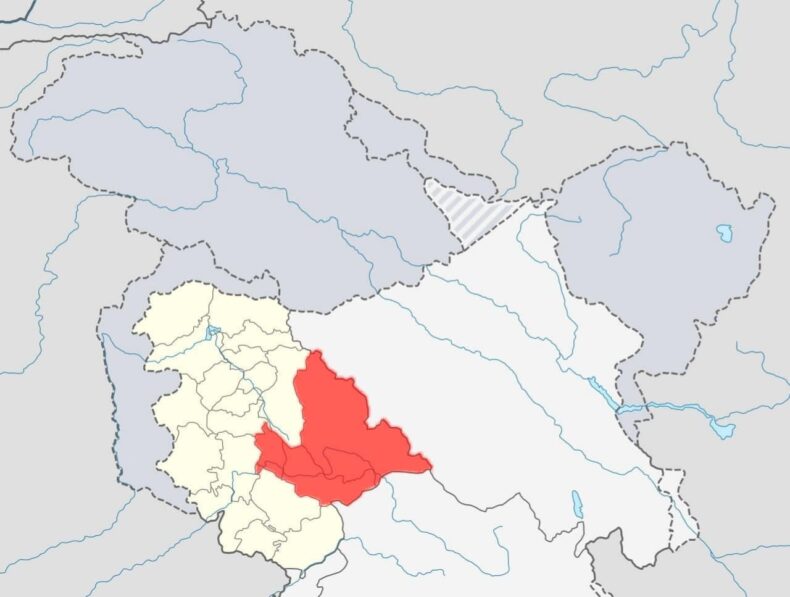As shopkeepers, bus drivers and commoners fling rifles onto their back and stride throughout villages in Jammu, the palpable fear of violence that grips the union territory of Jammu & Kashmir starts to materialise. In a questionable decision, the Indian Union Government has been arming the civilians in the villages of Jammu for almost 2 months now, with the aim of enhancing security in the area. This decision has been taken under the banner of the Village Guard concept that was introduced in Jammu and Kashmir back in 2009.
Table of Contents
The Village Guard Concept
The Village Guard concept aims to empower local communities to protect themselves from terrorist and insurgent threats. The government provides training and arms to civilians, who then act as the first line of defence against any potential threats to their villages. The concept was introduced in response to the increasing violence in the area, with terrorist groups such as Lashkar-e-Taiba and Jaish-e-Mohammed regularly carrying out attacks.

However, this decision to arm civilians has raised concerns among several quarters. The primary worry is that this move will only serve to increase personal and communal violence throughout the Union Territory. Critics of the Village Guard concept argue that arming civilians can lead to a rise in vigilantism and extrajudicial killings.
Is the Village Guard Concept Efficient?
Additionally, there are concerns about the efficacy of the Village Guard concept in Jammu and Kashmir. Many argue that the program has not been successful in the past and that arming civilians may do more harm than good, embedding violence and gun culture in the society. There are also worries that the arms provided by the government may fall into the wrong hands or be used for criminal activities.
The government’s decision to arm civilians has also led to a rise in communal tension in the region. Jammu has a history of sectarian violence between Hindus and Muslims, and critics of the government’s decision argue that arming civilians will only increase the likelihood of such violence.
This has led to a rise in concerns about the potential for a Hindu genocide in Jammu.
Communal Effects
The region has seen several instances of communal violence in the past, including the 2008 Jammu and Kashmir riots, where Hindu mobs targeted Muslim communities in the area. Critics of the government’s decision argue that arming civilians will only increase the likelihood of similar violence occurring in the future.
Furthermore, some have accused the government of using the Village Guard concept as a way to further its Hindu nationalist agenda. Critics argue that the decision to arm civilians in Jammu is part of a larger trend of the government promoting Hindu nationalism and marginalising Muslim communities in the region.
Concerns of Human Rights Group
The decision has also been met with scepticism from human rights groups, who argue that the government’s move is a violation of international human rights laws. The UN has previously expressed concern about the Village Guard concept, stating that it can lead to human rights abuses and extrajudicial killings.
The government has defended its decision to arm civilians, stating that the Village Guard concept has been successful in other parts of the country. The government has also promised to ensure that proper training is provided to civilians and that arms are not misused.
Despite these assurances, concerns about the potential for communal violence and human rights abuses remain high. Critics argue that the government’s decision to arm civilians in Jammu is a short-sighted move that will only lead to more problems in the future.
Read Article by NewYork Times
https://www.nytimes.com/2023/03/08/world/asia/kashmir-village-defense-committees.html
Check Asiana Times Archives
https://tdznkwjt9mxt6p1p8657.cleaver.live/category/politics-news/regional-news/kashmir-news/













